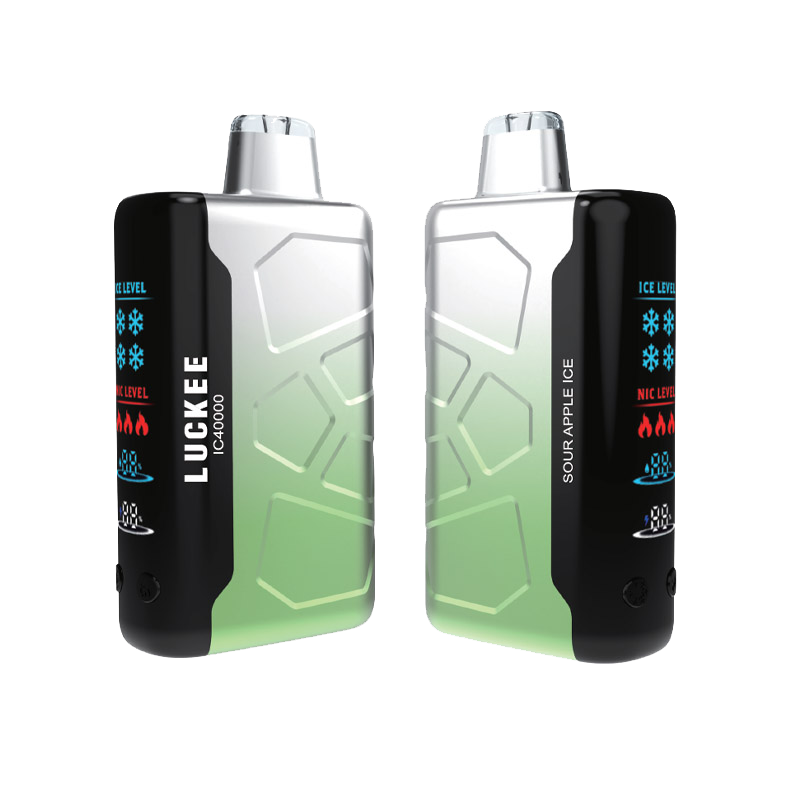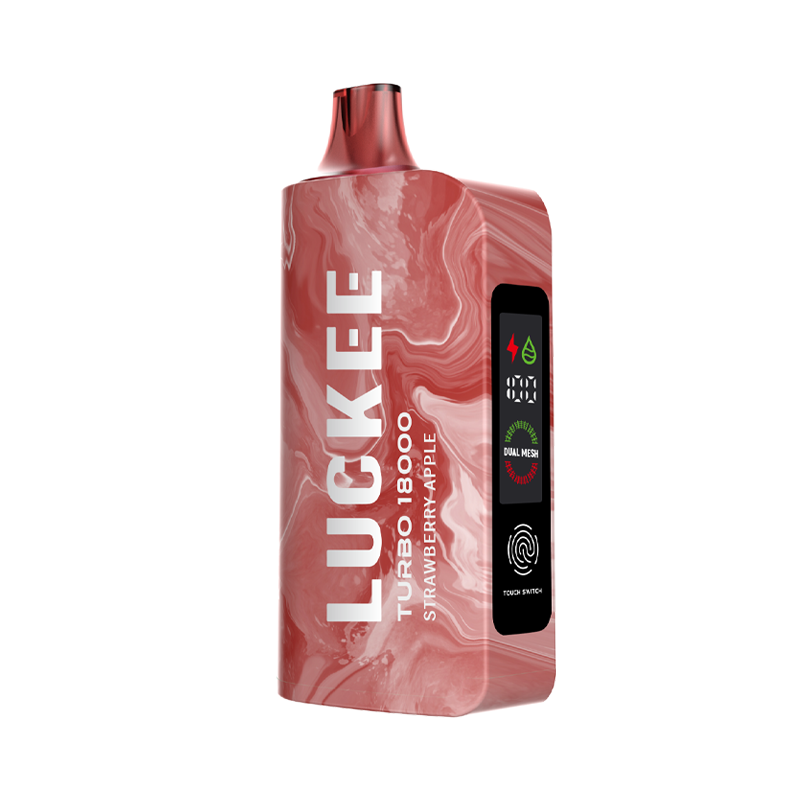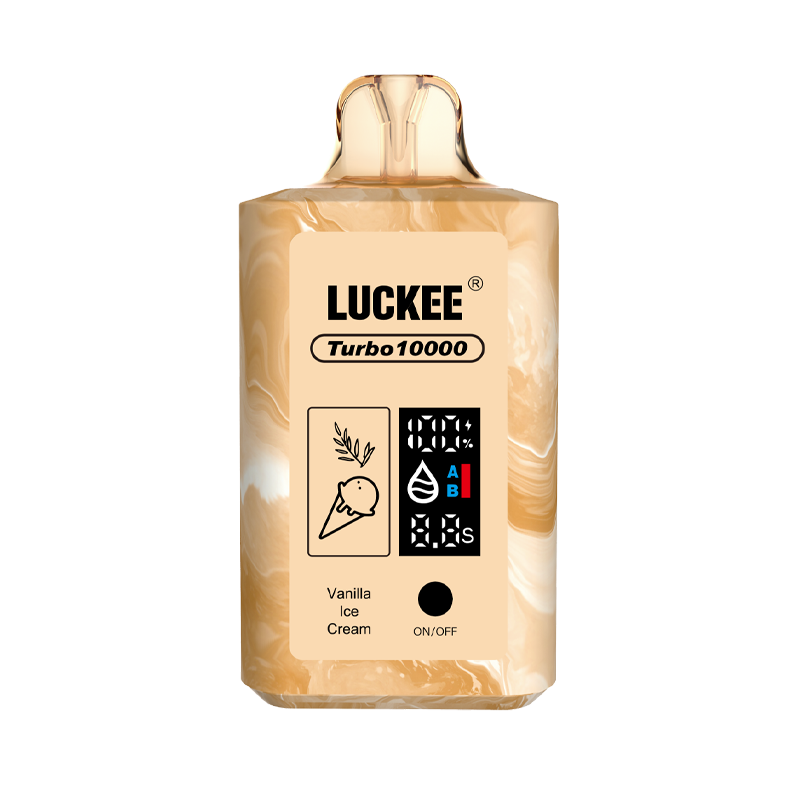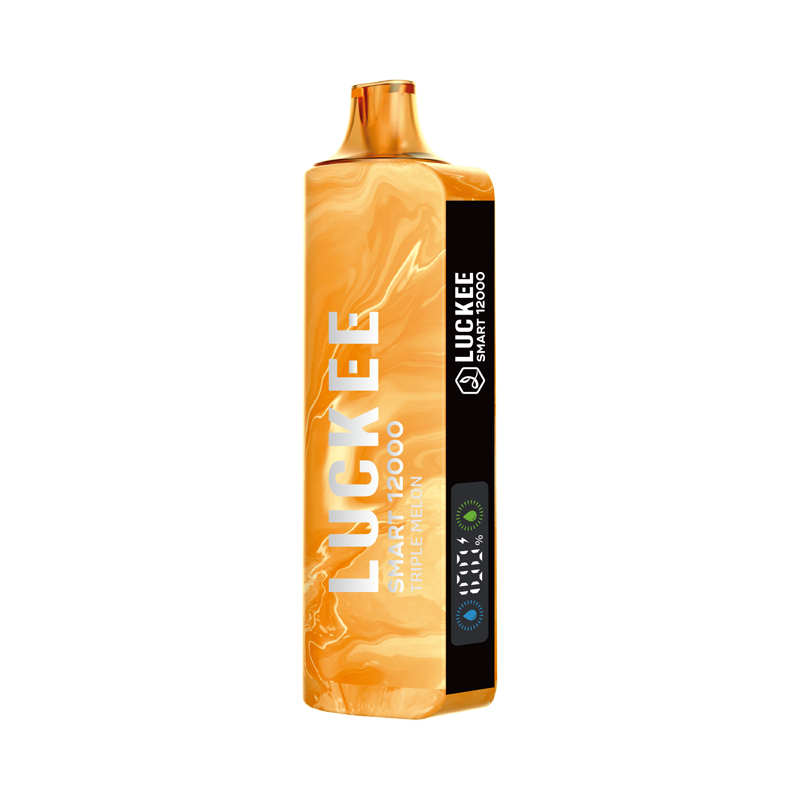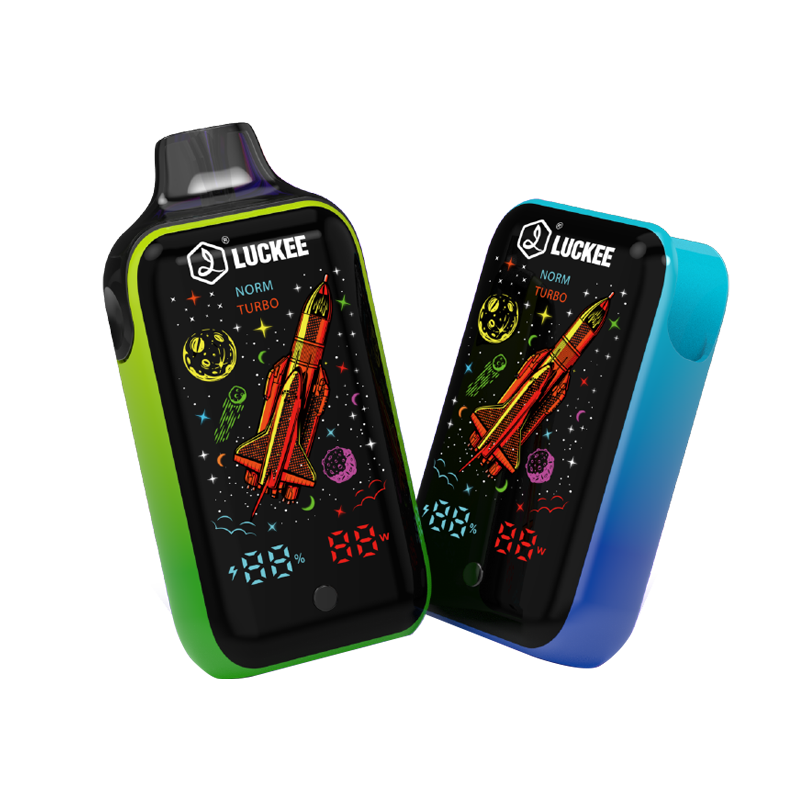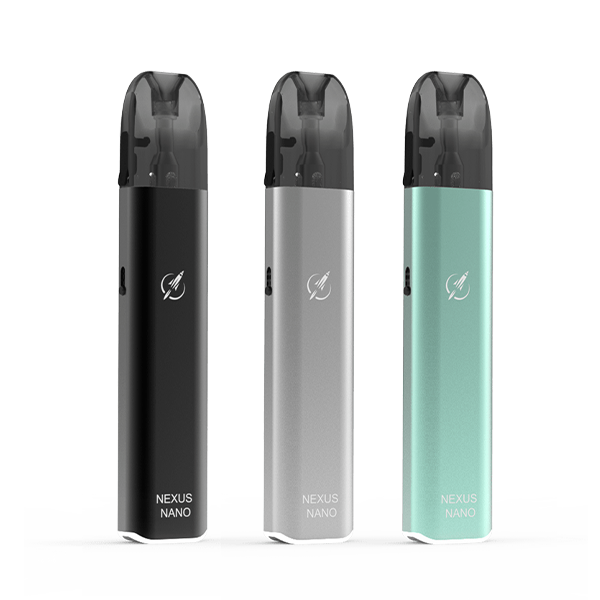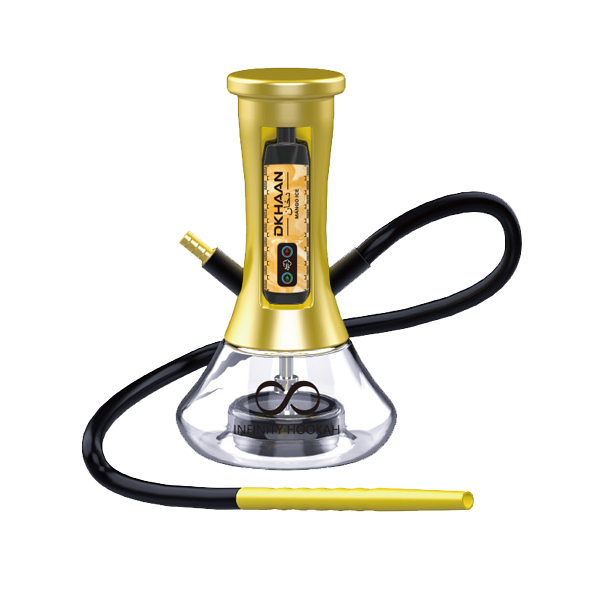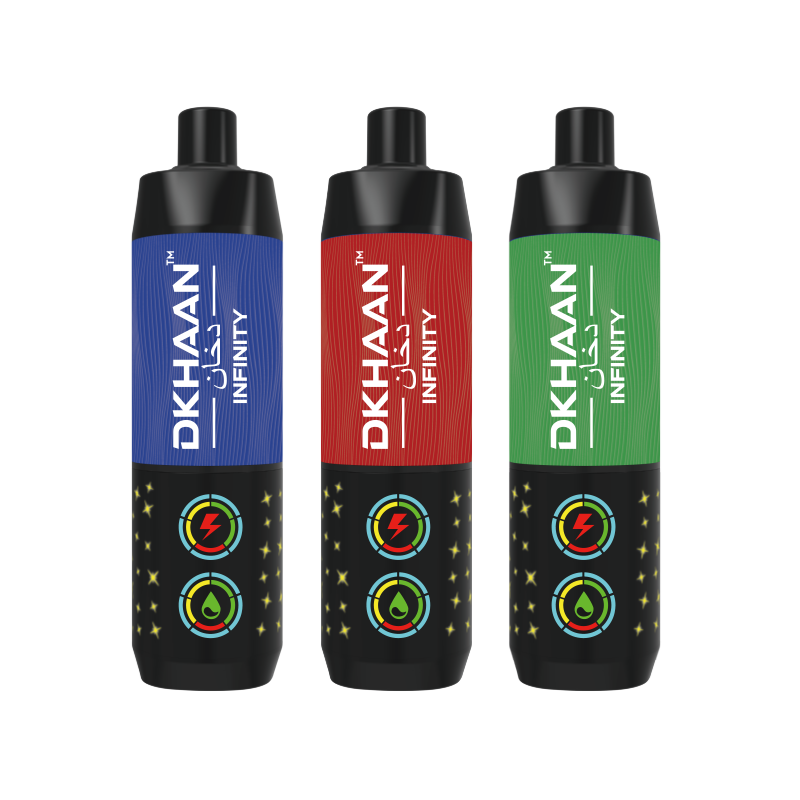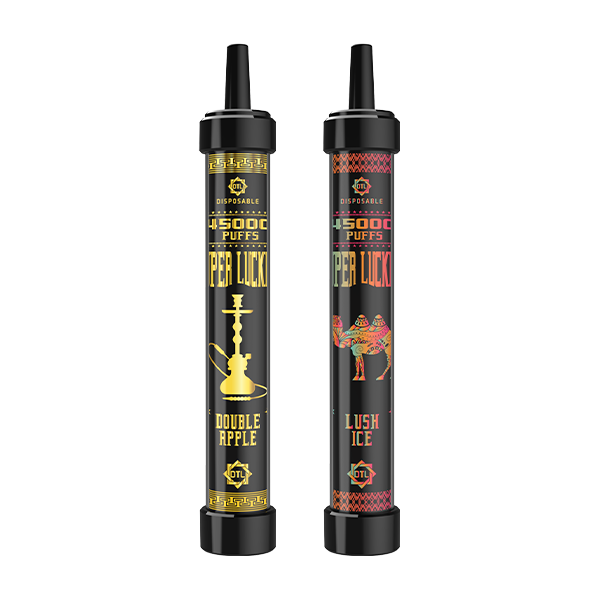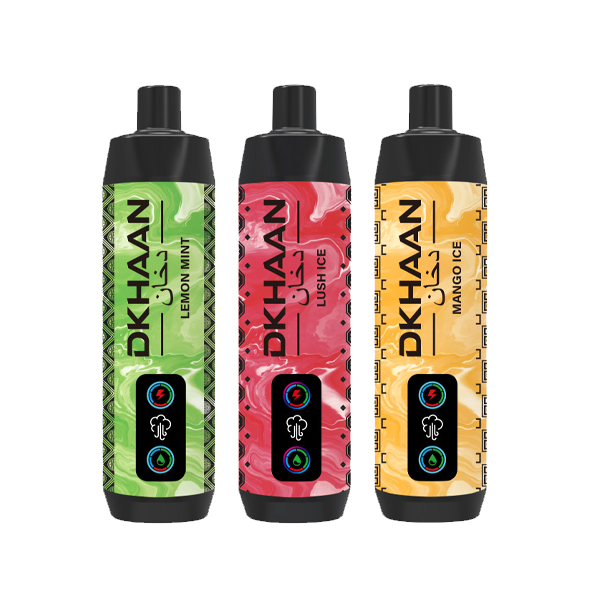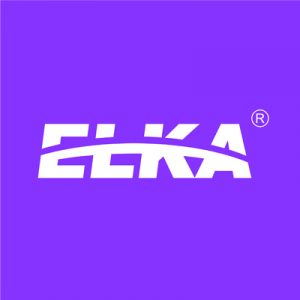Protected to the Point of Suffocation: The Myth of Perfect Prevention and Harm Reduction as Europe’s New Scapegoat
Between July 1 and July 6, 2025, a wave of bans, decrees, and tightened regulations swept across Europe and beyond. From the icy north to the heart of the Balkans, governments acted in the name of public health. The goal? Protection. The result? A regulatory paradox that could drive more people back to the very danger they were trying to escape—combustible tobacco.
As summer scorched the continent, lawmakers moved swiftly to clamp down on new nicotine alternatives. From legislative halls to digital storefronts, rules were reshaped in days. Yet the question arises: Are these new measures helping or harming the very people they claim to protect?
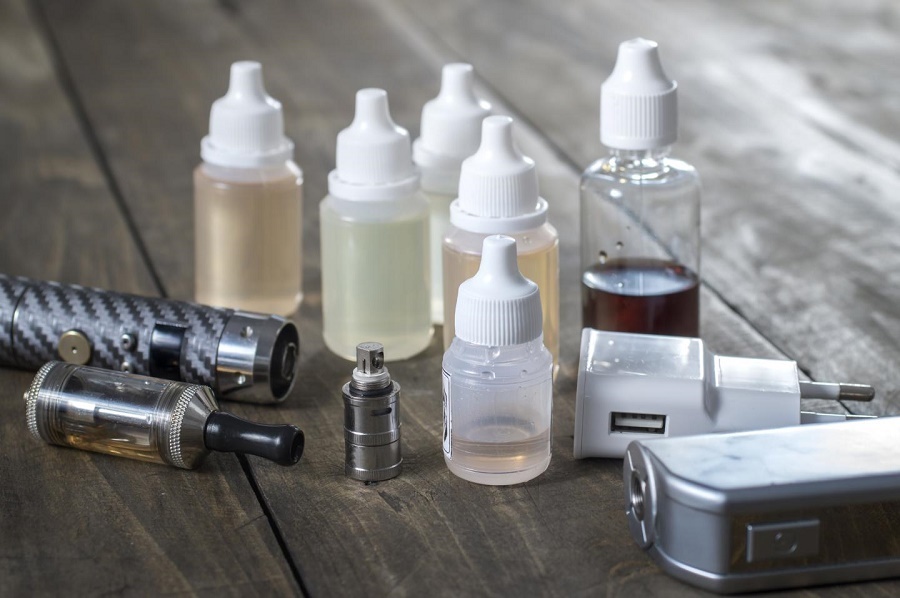
Denmark: Where Neutrality Becomes Uniformity
On July 1, Denmark unveiled a stark new face. Store shelves across Copenhagen were stripped of color, flair, and identity. Vibrant packaging for nicotine alternatives was replaced with drab, plain, lookalike containers. Everything from heated tobacco devices to nicotine pouches now resembled standardized medical kits—mute, lifeless, indistinguishable.
Six executive orders came into force that day. Among them:
-
Nicotine pouches limited to 9 mg per unit
-
All flavors banned except tobacco and menthol
-
Strict age-verification for in-store and online sales
-
Plain packaging for heat-not-burn devices, with 30% of the packaging covered by health warnings
-
Regulated pouch and product dimensions
The intention? Protect youth. The effect? A sweeping blanket policy that treats every user as a potential offender—even the adult trying to quit smoking.
When safer alternatives are stripped of their appeal or pushed underground, do they still serve their purpose? Or are users left with nowhere to turn but the cigarette pack they once tried to abandon?
France: Precision Without Prohibition
In contrast, France took a more measured path. On July 2, the French Association for Standardization (AFNOR) released a voluntary guideline for nicotine pouches—allowing up to 16.6 mg per pouch, requiring food- or pharmaceutical-grade ingredients, clear labeling, and toxicological evaluation.
This approach doesn’t criminalize the product—it manages it. France walks a tightrope: protecting users without punishing them, steering them toward safer use rather than casting them out. It’s a philosophy similar to Sweden’s, where harm-reduction strategies have significantly cut smoking rates.
Balkan Crossroads, Alpine Shifts, and Nordic Clampdowns
-
Greece (July 4): Parliament passed a law banning sales to minors, requiring age verification, and curbing cross-border commerce.
-
Austria: The Health Committee moved to ban flavored heated tobacco products and enforce graphic warnings, with a market grace period until May 2026.
-
Netherlands & Norway: Tightened plain packaging rules and expanded smoke-free zones—Oslo even banned vaping in playgrounds, with further digital sales restrictions arriving in 2026.
-
Poland (July 5): Implemented an advertising ban, sales limits, and 20 mg/g nicotine caps, alongside new packaging rules with a six-month compliance deadline.
-
Bosnia’s Republika Srpska (July 3): Redefined nicotine alternatives, banned their sale to minors, limited public use, and outlawed oral tobacco entirely.
The Exceptions: Not All Said Yes to Total Control
-
Bulgaria: Rejected a bill to impose tobacco-equivalent restrictions on vapes, including bans in public parks.
-
Switzerland: Banned nicotine advertising in youth-accessible spaces but made exceptions for adult-targeted media and verified online platforms. Implementation awaits a possible national referendum.
-
Liechtenstein: Raised the legal purchase age for tobacco and vapes from 16 to 18, pending parliamentary debate in September.
Outside Europe: Cracks and Countercurrents
-
Nepal (June 28): The Patan High Court halted a government vape ban, citing insufficient legal grounds.
-
Australia (July 1): Introduced some of the world’s strictest rules—only mint, menthol, and tobacco flavors allowed, 50 mg/ml nicotine cap, 5 ml tank limit, and muted packaging in gray or white. Sales are restricted to pharmacies only.
-
Kyrgyzstan (July 1): Instituted a full ban on the sale, import, and use of vapes—even in designated smoking zones.
-
Russia (July 6): The LDPR party proposed a bill empowering the government to list banned flavorings and additives in both nicotine and nicotine-free products, signaling a push toward total prohibition.
Who Are We Really Protecting?
The dominant narrative frames this as a crusade to protect youth. But the unintended casualties are adults—millions who are trying to quit smoking but now find their safer alternatives banned, hidden, or stigmatized.
Ironically, the combustible cigarettes that cause the most harm remain legal, taxed, and widely available.
Conclusion: The Harm-Reduction Dilemma
Europe’s sudden sprint toward tighter nicotine regulation has revealed a deep tension between protection and restriction. While safeguarding youth is a noble goal, overzealous policy could undermine one of the most promising public health strategies of the 21st century: harm reduction.
When legal, accessible, and less harmful alternatives become indistinguishable from their lethal counterparts—or vanish from shelves altogether—the risk isn’t just regulatory. It’s personal. And for many, it may be a return to smoke, not safety.

